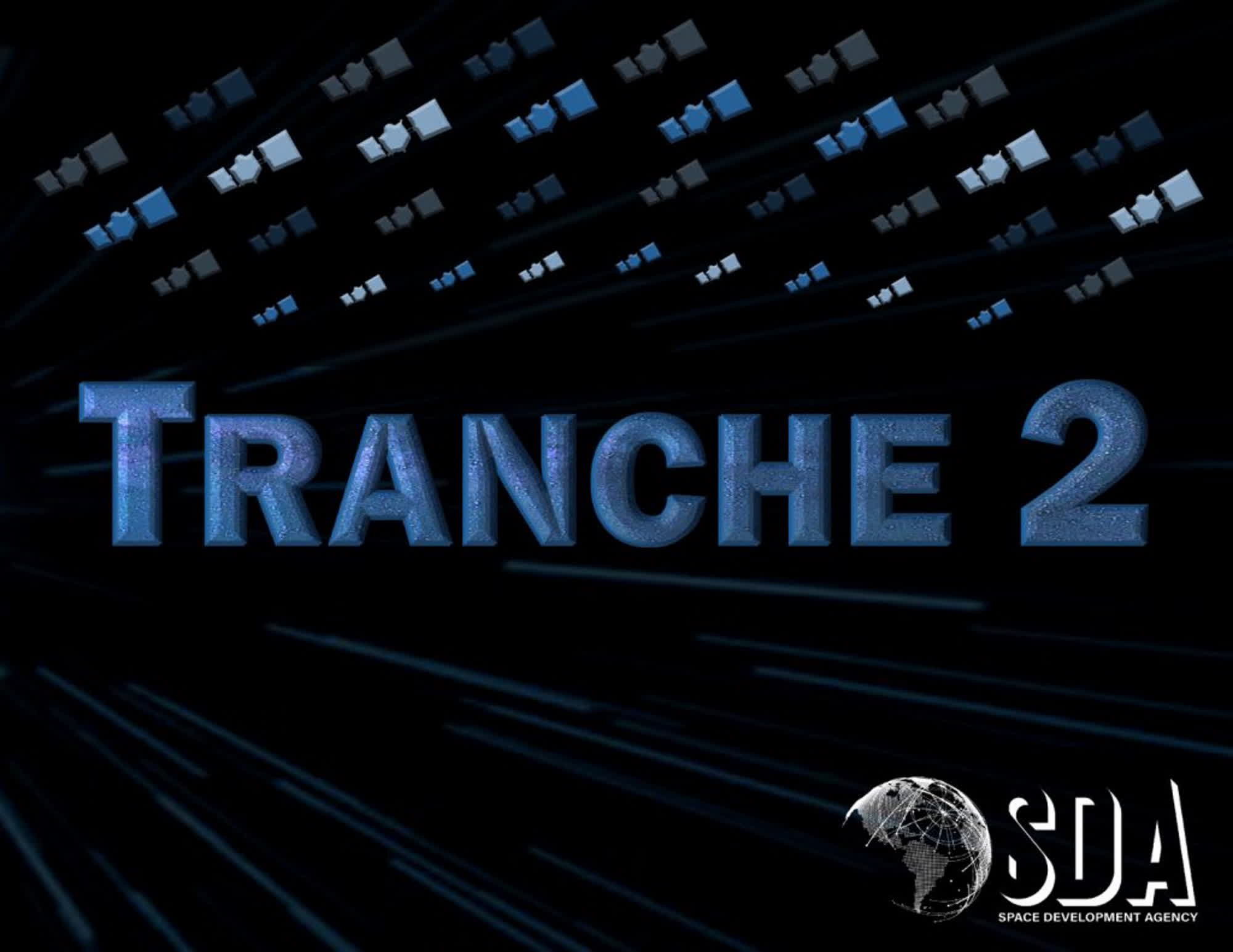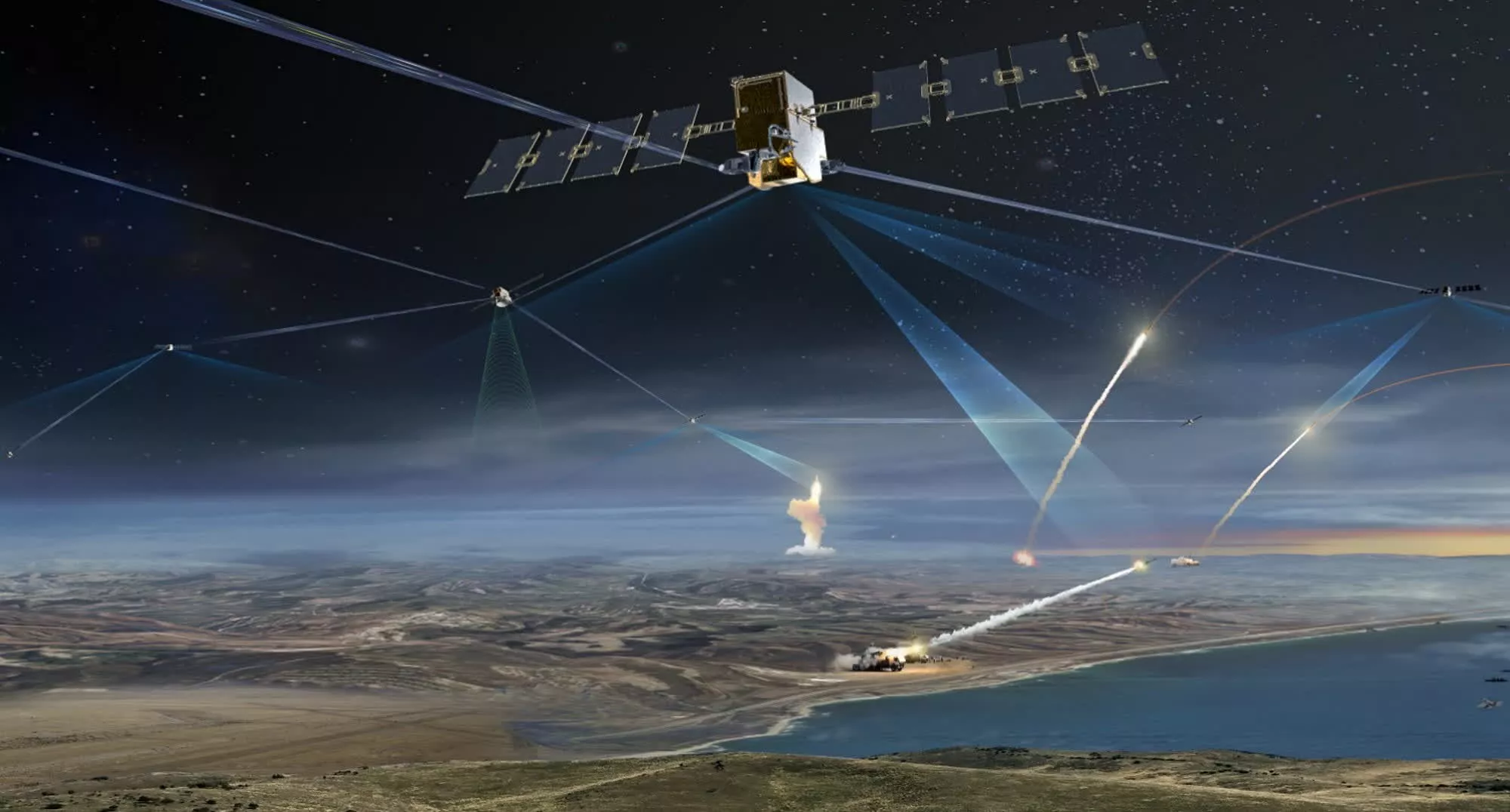In context: The United States Space Force is the world's only dedicated independent space force, and the Pentagon-headquartered SDA is the agency committed to funding research, development and procurement of novel technology space solutions. Right now, the SDA is spending billions of dollars to build a new satellite network for American "warfighters" around the world.
The Space Development Agency (SDA) recently announced two new "prototype agreements" to launch a new batch of satellites for advanced space warfare. The Space Force agency will spend a total of $1.5 billion to build and operate the "Tranche 2 Transport Layer (T2TL) - Beta," a part of the so-called Proliferated Warfighter Space Architecture (PWSA) constellation planned for the next few years.
PWSA, which so far is SDA's only infrastructure project, is designed as a "threat-driven constellation of small satellites" capable of beaming critical services to US warfighters down from space. The complete infrastructure would provide American soldiers fighting in different (earthly) places with low-latency data comms (with tactical data links), missile tracking, custody of "time-critical" targets, space-based battle management, and more.
As explained by SDA's official FAQs, a "tranche" is essentially a generation or "iteration" of satellites belonging to the overall PSWA infrastructure. Tranche 0, which was expected for 2022 but was ultimately launched this April, is the "minimum viable product" to demonstrate the project's feasibility. Tranche 1 is scheduled to launch in 2024, bringing "initial warfighting capability" with regional-persistent data links and more. Tranche 2 will provide "global persistence" and is scheduled to launch in 2026.

SDA said that Northrop Grumman Space Systems and Lockheed Martin will spend the awarded $1.5 billion to build and operate two lots of 36 T2TL satellites, which are similar to Tranche 1 satellites with additional advanced tactical data links. The Pentagon will put its new satellites in different low-earth orbits (LEO), thus mitigating the threat from foreign powers (namely Russia and China) to blow them all up.
In April, SDA director Derek Tournear said that the PWSA constellation will include "hundreds and hundreds" of satellites so that the network will continue to work as expected even when a few are destroyed. The PWSA space units are more affordable than the missiles launched to shoot them down, Tournear said, and they are inherently more difficult to destroy because there are too many of them.
Satellite proliferation and LEO targets were likely the main reasons that forced the PWSA project to fall behind its original schedule. The US Federal Aviation Administration (FAA) reluctantly gave SDA clearance to launch the first batch of the Tranche 0 units, fearing possible electromagnetic interference with aviation activities.
